
Smart Tips for Facebook Ads that Attract Visitors to Click
Advertising on social media today is getting more complex as advertisers recognize its marketing potential. As digital competition intensifies, a winning Facebook ad can quickly become a money-burner, so we’d like to share a few smart Facebook ads tips.
Now, understanding trends and online visitor behavior is crucial before the budget runs out. Businesses can specifically tailor each marketing campaign to target audience segments and carefully select content, photos, and placements focused on those demographics.
Why Facebook Advertising Matters for Business
Facebook remains the leading platform with the highest active subscribers worldwide, offering a plethora of opportunities for business owners to connect with the right audience. However, this crowded landscape also means standing out is no easy feat.
To attract online visitors effectively through Facebook advertising, businesses should implement strategic practices to maximize engagement while minimizing wasted ad spend.
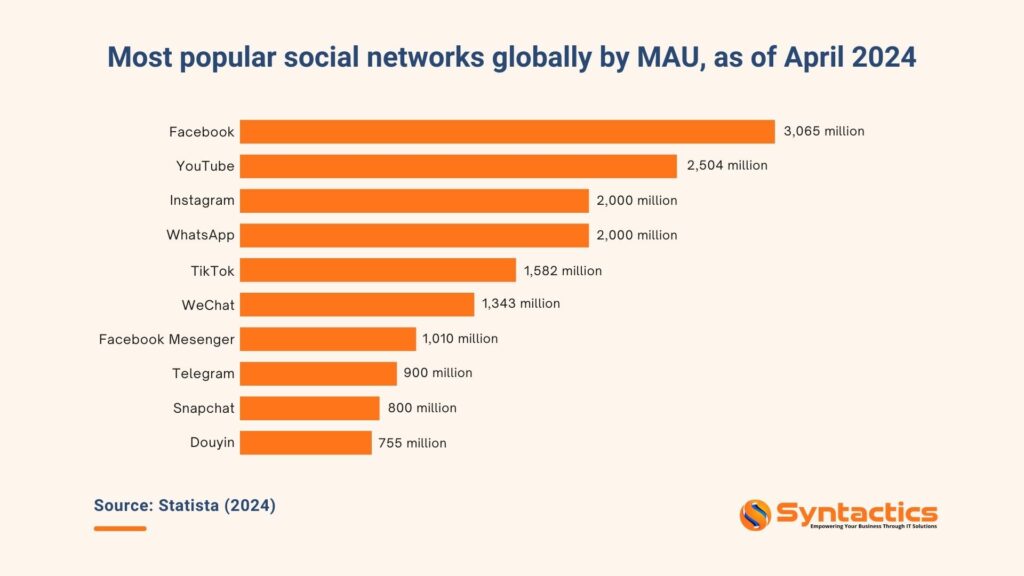
Source: Statista.
7 Facebook Ads Tips to Attract More Online Visitors
Here are seven actionable tips to attract more online visitors effectively through Facebook advertising:
1. Consider Color Psychology
The psychological influences of various colors are a critical driving force that every Facebook Ad pro uses. According to Oberlo, color affects 90% of all the snap decisions we make. Here are some suggestions:
Older adults prefer blue, purple, and green, while yellow, red, and orange appeal more to younger demographics. As we age, our tastes tend to lean toward darker and cooler tones.
Demographics aren’t the only factor; appropriateness and how the colors align with the ad. Most of our biases in marketing towards appreciating other colors are linked to how well the color is in line with the product.
For example, Apple uses neutral tones to evoke calm, and receptiveness to design.
2. Hit the Emotional and Logical Feels
People like to think they act rationally, but emotions drive a significant portion of buying decisions. When crafting an ad, appeal to both emotional and logical aspects.
Successful Facebook ads feature the distinct characteristics of a product or service, and effectively explain why these features matter to target audiences.
3. Choose Images That Grab Attention
Capturing the audience’s attention is crucial. To attract clicks, ensure the ad has a high-quality and captivating image. The right picture makes a huge difference, so it’s vital to carefully find an image that stands out and commands attention.
Using contrasting colors enhances visual appeal while maintaining a clean and professional look, ensuring elements align seamlessly with the overall design and context.
Also, be sure that the photo strikes a perfect balance — not too crowded or overly simplistic — so it captures attention and keeps viewers engaged.
4. Harness the Power of User-Generated Content (UGC)
Trust is built through authenticity, not traditional credibility claims. Modern audiences crave real experiences from individuals like them, so consider encouraging customers to share UGC and repurpose them in ads.
One perfect example for this is the GoPro ad campaign, where it features user adventure clips, turning customers into brand ambassadors.
5. Use the Power of Freebies and Discounts
People are always drawn to freebies and discounts. Phrases like “Free Coffee,” “75% Travel Discount,” “Free Food,” or “50% off on Select Items,” instantly appeal to potential customers.
This technique can be highly effective in advertising, helping brands stand out from typical Facebook ads asking for money.
However, leveraging the psychology of “free” doesn’t mean giving a product away. Instead, incorporate it into special offers tied to purchases.
Freely sharing helpful information is a powerful way to spread brand content and establish a business as a reliable source of information.
6. Make The Message Urgent
Missing an opportunity feels much worse than gaining something comparable in value. It’s the principle of aversion to loss. When faced with urgency, it’s vital to act fast to avoid losing out.
Inducing scarcity and urgency captures attention. Use phrases like “Limited Time Only!” “Rush!” or “Hurry!” to create excitement and highlight the gravity of the offer.
7. Prioritize Short-Form Video Format
Showcasing a brand through a short-form video helps them stand out while spreading awareness online. Thus, effective video ads can highlight the value of a product to justify why users should buy it.
Facebook ad experts can help in ensuring that the tone of the message clearly shows why a product is essential to audiences and better than competitors.
Step Up Your Facebook Ad Marketing Efforts
Whatever Facebook marketing strategies a brand uses, it’s important to continuously monitor and review the data and feedback. Digital advertising requires ongoing experimentation, so it’s critical to continuously refine approaches to better cater to audiences using the right Facebook advertising strategies.
This blog was updated on February 3, 2025.
Frequently Asked Questions About Facebook Ads
How much does Facebook advertising cost?
The average cost for Facebook ads is influenced by several factors, such as audience targeting and ad quality. But, it typically ranges from $0.50 to $3.50 per click and $12 to $20 per 1,000 impressions.
What type of ads can I run?
Facebook offers various ad formats, including
- Image ads;
- Video ads;
- Carousel ads (which allow multiple images or videos);
- Slideshow ads, and
- Collection ads that showcase a product catalog.
Advertisers can also choose placements in different areas of the platform, such as the News Feed, Stories, and the Audience Network.
How to measure success on Facebook Ads?
Advertisers can use Meta Ads Manager to track impressions, clicks, conversions, and Return-On-Ad-Spend (ROAS). This enables advertisers to evaluate the effectiveness of their campaigns in real-time.
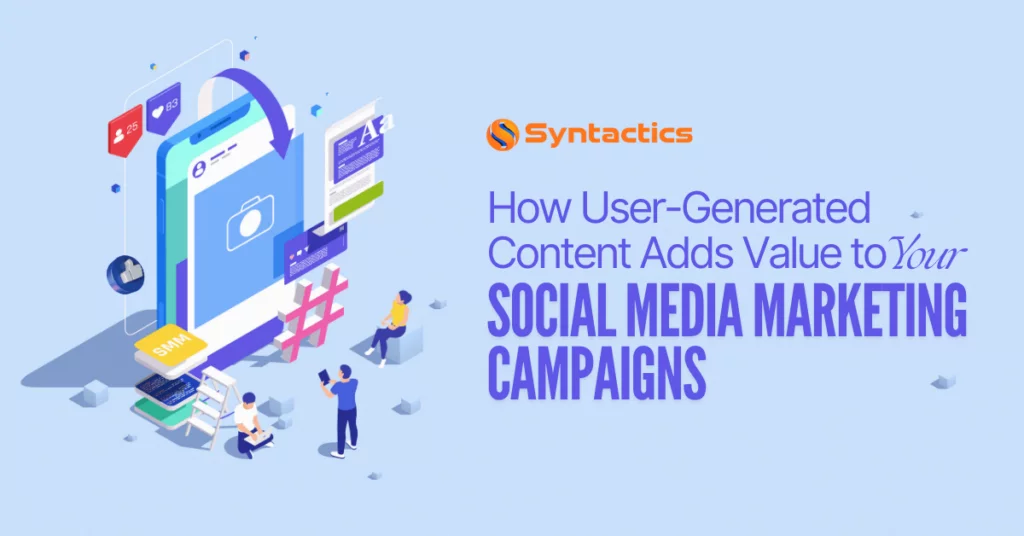




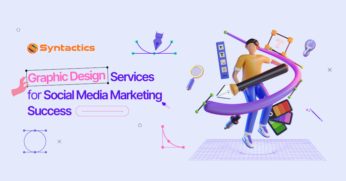


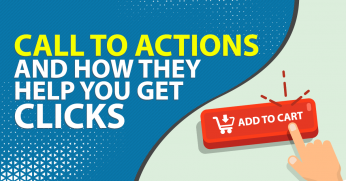

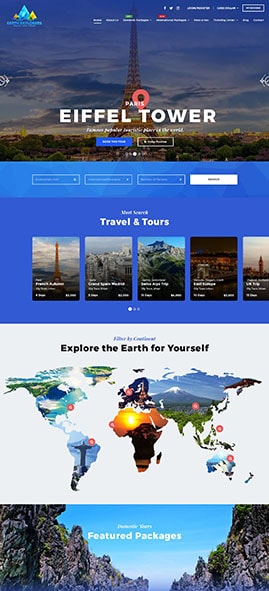
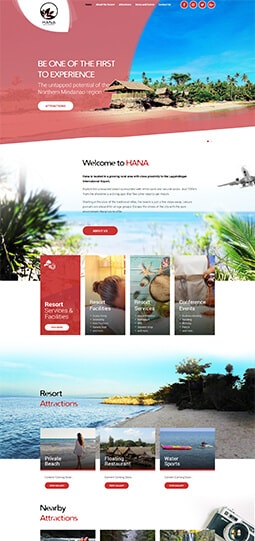
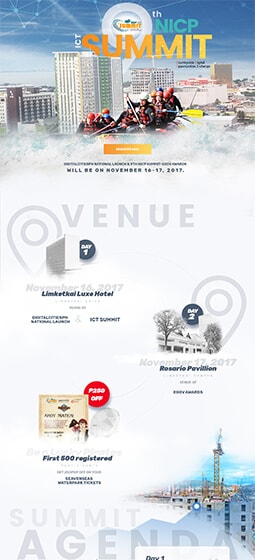
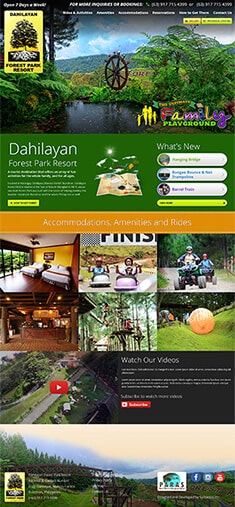
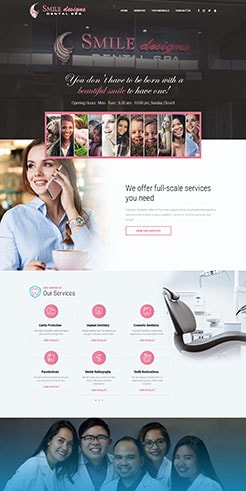
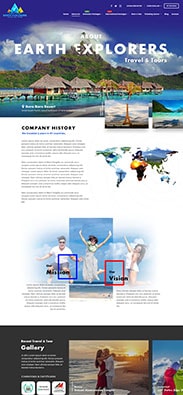

Comment 0